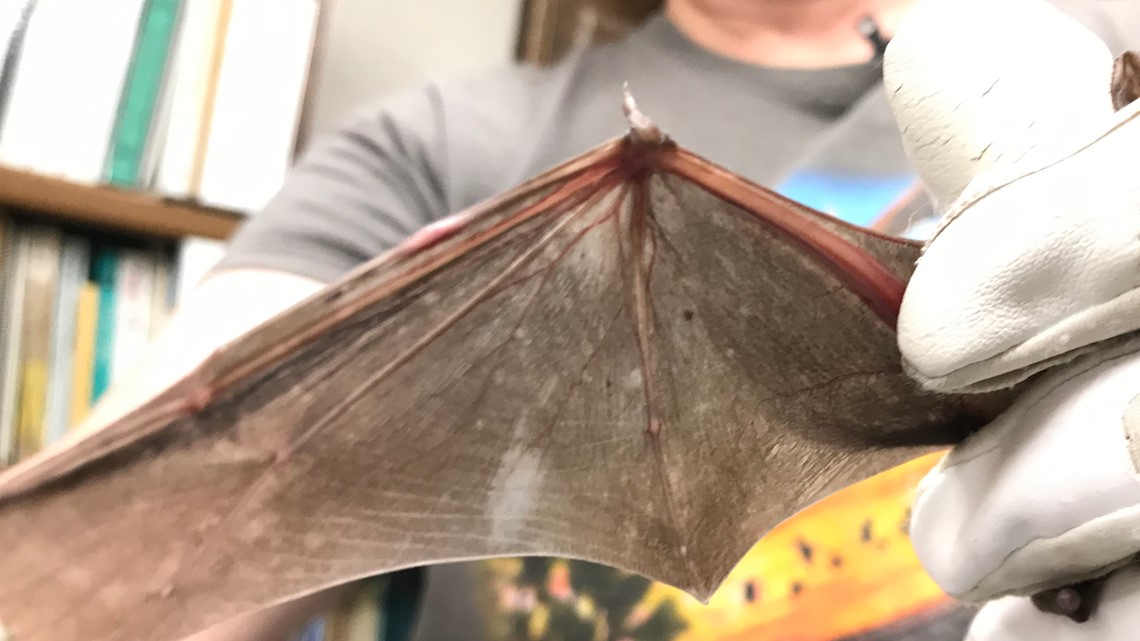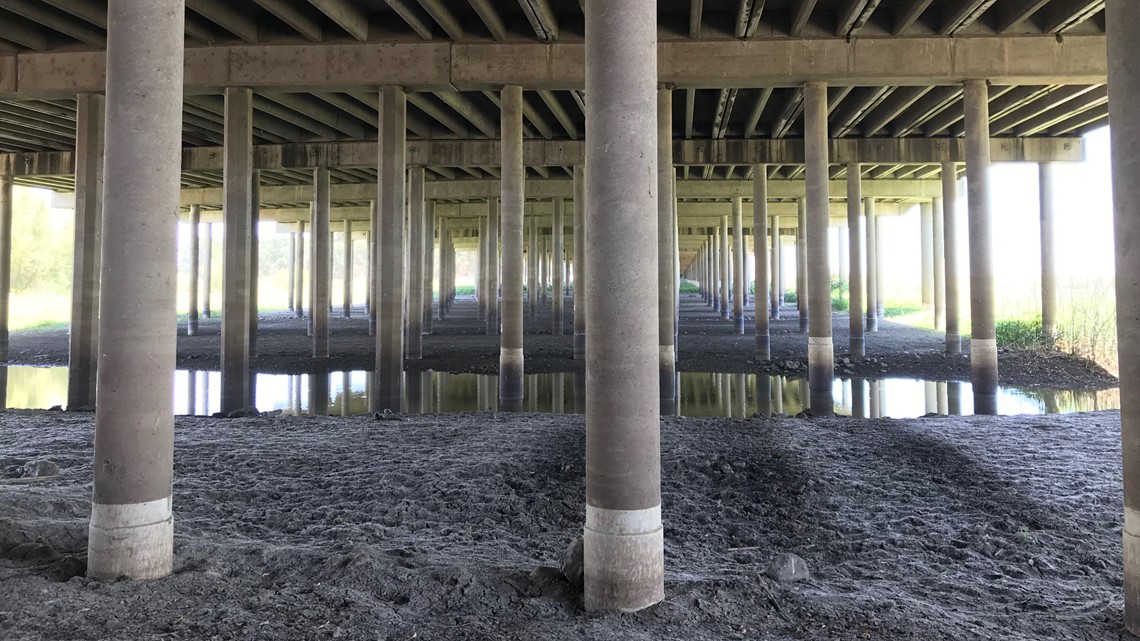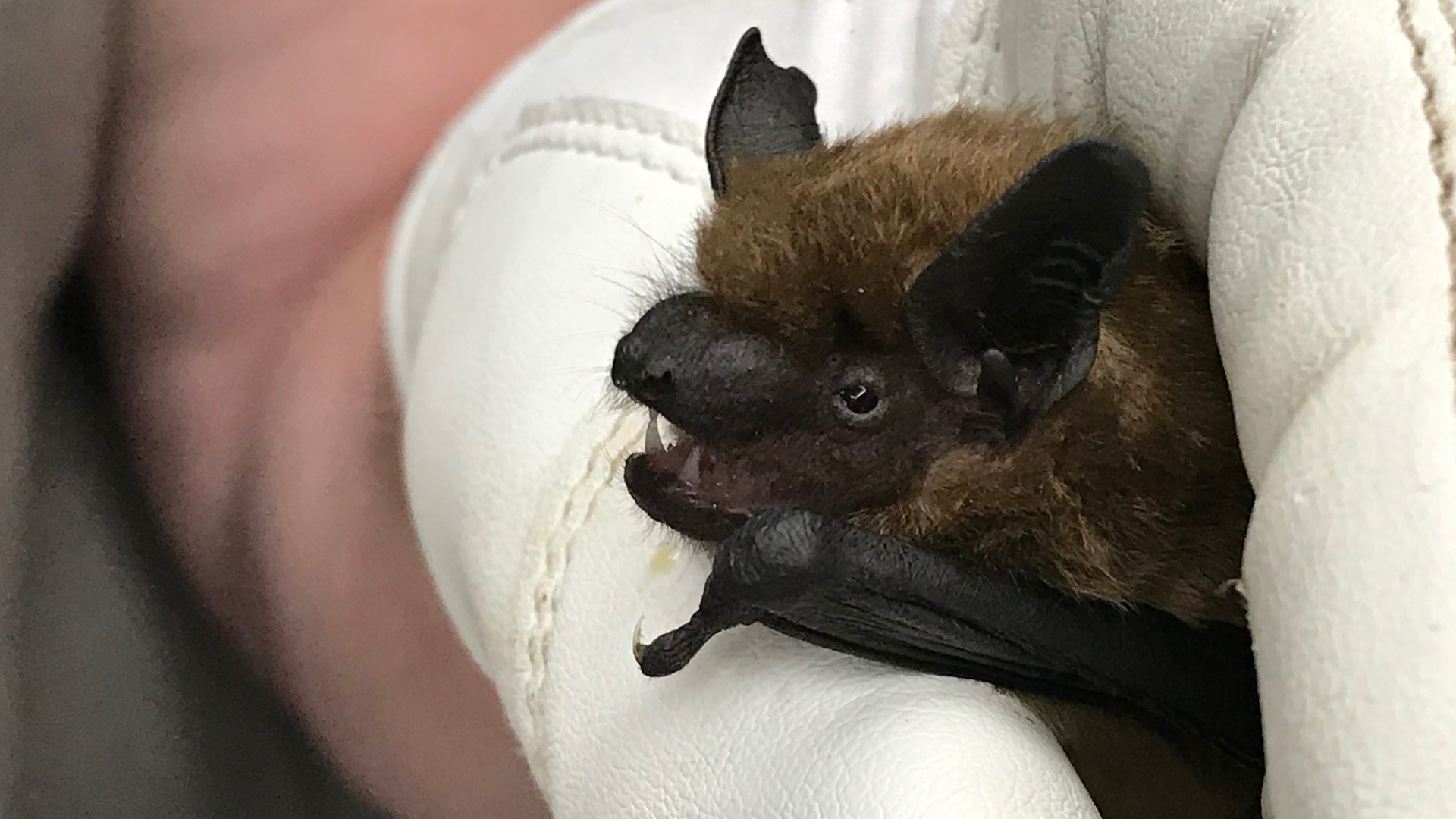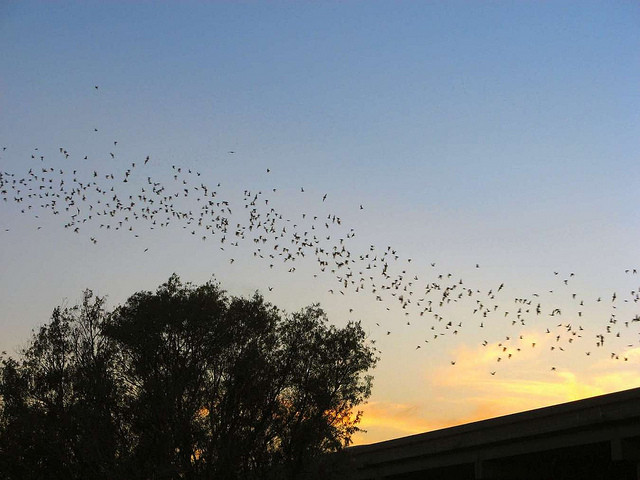SACRAMENTO, Calif. — Did you know migratory bats live under the Yolo Causeway during the summer? They're hiding in plain sight.
In fact, during the summer evenings, and right on cue, you can see thousands of frantic bats taking off from under the Interstate 80 causeway in Davis, looking for food.
Corky Quirk runs the bat program at the Yolo Basin Foundation. She said most of the bats at the causeway have been identified as Mexican Freetail Bats.
“One would think that with the name 'Mexican Freetail Bats' they would migrate to Mexico, but the ones that are in Northern California, we think they do an east to west migration. They love the valley in the summer. It’s nice and hot and a great place to raise kids,” Quirk said.


This group of migratory bats is considered “maternity colonies.” Each female has one baby a year and once that baby can fly they migrate to a different location.
“These guys will live 15 years in the wild. Younger bats can live even longer, up to 30 years. The Mexican Freetail is a big-time moth eater, so think crop pest, Armyworm moth, Corn Air worm moth. They reduce pesticide use, crop loss and, of course, the organic farmers really appreciate them,” said Quirk.


She says 250,000 bats are crammed into the dark crevice of the underbelly of the causeway -- the largest colony of bats in the Central Valley and possibly the largest in the state.
Fascination with these bats has grown every year. The Yolo Basin Foundation even offers presentations and bat tours for kids and adults.
Continue the conversation with Mayde on Facebook.



